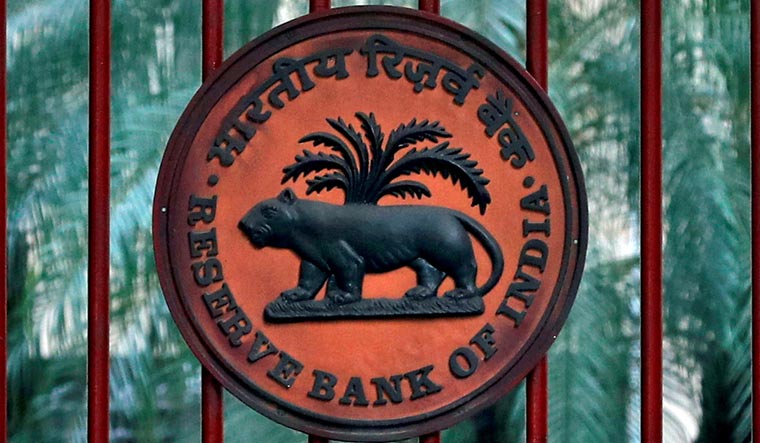Months after warning banks and non-bank financers to strengthen internal surveillance and address any build-up of risk in the retail, especially consumption loans segment, the Reserve Bank of India, last month, raised risk weights on such loans. Now, the central bank is planning a comprehensive regulatory framework for loan aggregators to bring in more transparency and ensure borrowers can make the right choices.
The RBI had, last year, accepted the recommendation of the working group on digital lending to come up with a regulatory framework for web aggregators of loan products (WALP). WALP entails the aggregation of loan offers from multiple lenders on an electronic platform, which enables the borrowers to choose the best option to avail loans.
"Based on the recommendation of the working group, it has been decided to bring such loan aggregation services offered by the Lending Service Providers (LSPs) under a comprehensive regulatory framework. The framework will focus on enhancing the transparency in the operations of WALPs, increase customer centricity and enable the borrowers to make informed choices," the Reserve Bank said on Friday.
The detailed guidelines for the same are to be issued separately.
Just last month, RBI had raised risk weights on consumption loans, credit card exposures and loans to NBFCs by 25 per centage points each, in the backdrop of a surge in such loans, especially unsecured personal loans.
A report this week by InCred Finance showed that consumption loans, essentially segments like gold loans, personal loans, car loans, two-wheeler loans, credit cards and consumer durable loans, had grown at over 25 per cent, compared with 14 per cent growth in corporate loans.
RBI Governor Shaktikanta Das said the recent preemptive measures taken by the Reserve Bank with regard to banks and NBFCs were geared towards addressing potential risks and preserving the resilience of the financial sector.
"We do not wait for the house to catch fire and then act. Prudence at all times should be the guiding philosophy, both for the regulators and the regulated entities," he said.
The RBI also announced plans to come out with a unified regulatory framework on connected lending for all regulated entities of the Reserve Bank.
"Connected lending or lending to persons who are in a position to control or influence the decision of a lender can be of concern if the lender does not maintain an arm’s length relationship with such borrowers. Such lending can involve moral hazard issues leading to compromise in pricing and credit management," the central bank said.
The extant guidelines on the issue are limited in scope and are not applicable uniformly to all regulated entities, it pointed out.
Later, speaking to reporters Swaminathan Janakiraman, deputy governor of RBI said the measures related to consumption loans were being taken to bring in prudence and to bring an end to any exuberance exhibited by certain lenders.
"Effort was made over the previous three-four months by way of sensitising the players to put adequate internal control measures to ensure that the risk build-up is avoided. As the market was not responding enough to that, there was necessity," said Janakiraman.
He said RBI watches data and decided to take certain measures to strengthen the prudential measures that the regulated entities have to put in place. He further indicated that there were indications that the risk management and underwriting practices were getting better.
Moving towards a unified regulatory framework for connected lending and a regulatory framework for web aggregation of loan products will ensure better pricing, transparency, and enhanced customer centricity, said Dinesh Khara, the chairman of State Bank of India.
A.K. Goel, the chairman of Indian Banks' Association and the MD and CEO of Punjab National Bank, said the regulatory framework for web aggregators would help to enhance the transparency of their operations and also help the customers make informed decisions.



